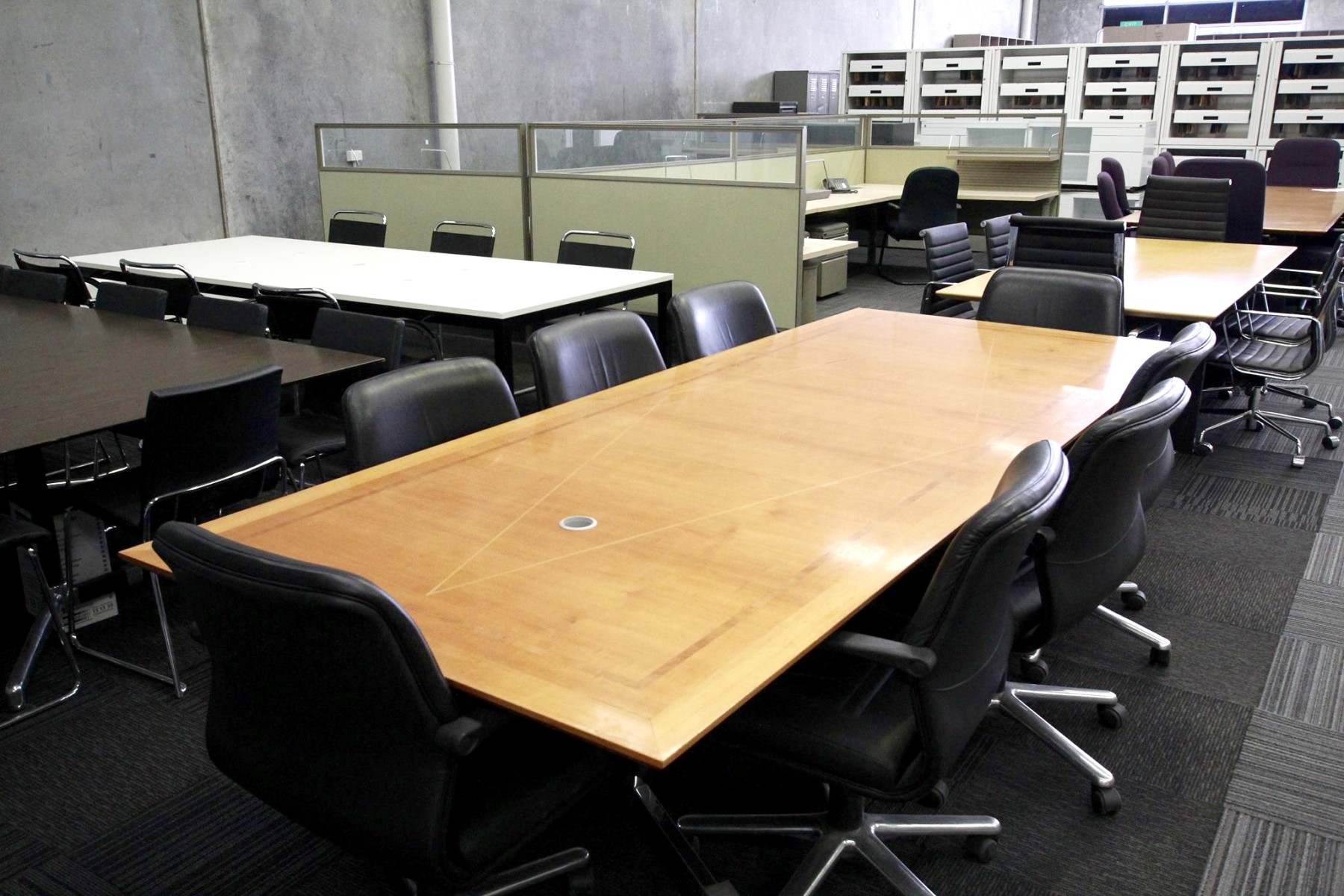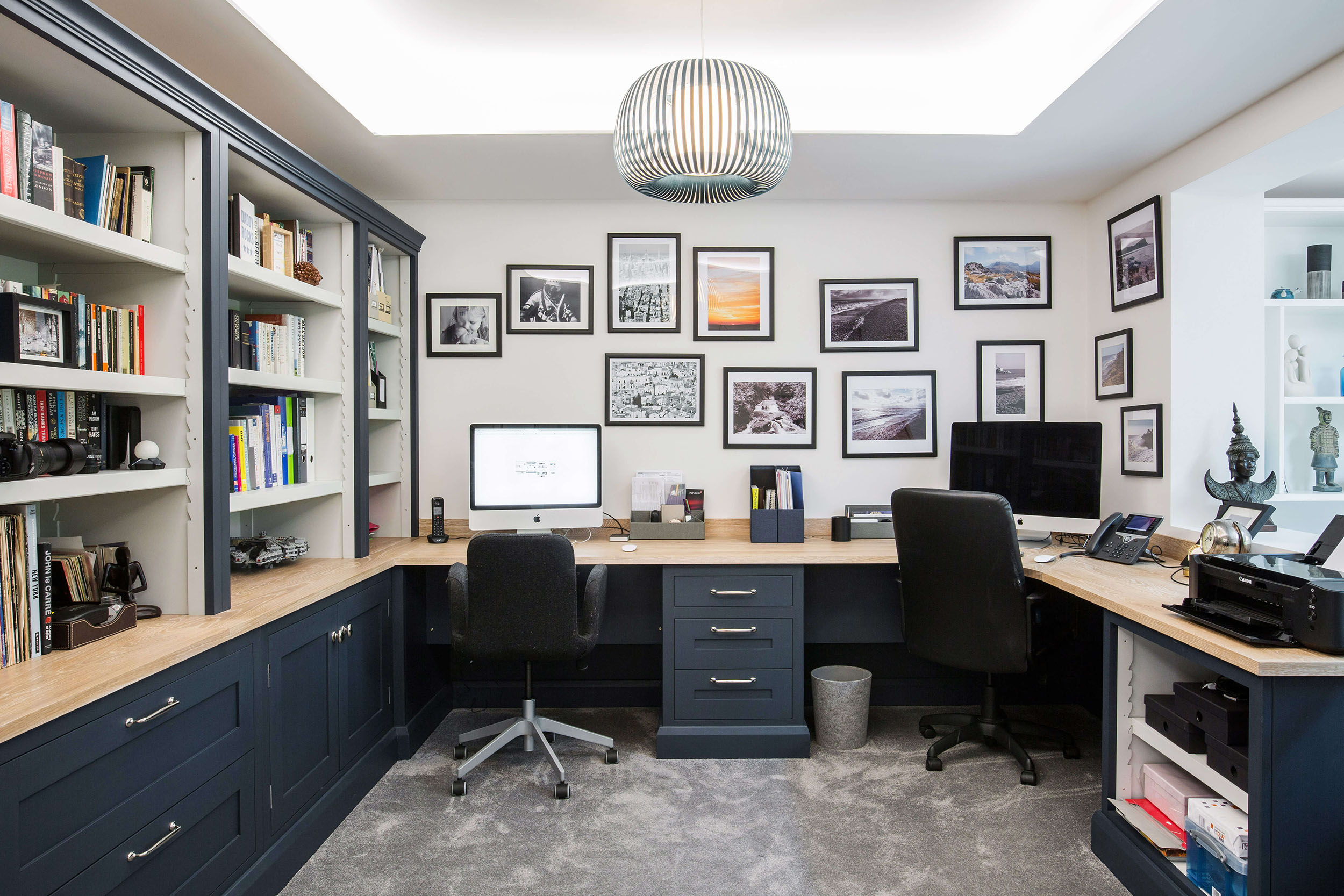

This means that commercial real estate companies are under more pressure than ever to adopt measures that will motivate people who are able to work wherever they want and to deliver greater value from working in an office. Meanwhile, strengthening the factors that determine the choice of building and its neighborhood is also likely to be critical. Accordingly, the trend in future employment is expected to be toward greater diversity in when and how people work. Even the need to go into the office to work will likely be called into question by the nationwide shift to working from home in order to help prevent the spread of COVID-19.

The spread of 5th-generation (5G) telecommunications, which began its roll out in March 2020, is likely to bring the real and cyber realms ever closer together, giving further impetus to the ability to work regardless of location.

It is anticipated that the operating environment for office buildings will continue to undergo major changes. While offices in the past have mainly been a place to get work done, to hold internal company meetings, and to receive visitors, they also have an increasingly important role as a venue for communication in ways that transcend the boundaries between companies in order to foster innovation and build ecosystems. This is making work outside the office a more common experience, including the growth of working from home, the spread of new services such as shared offices and other co-working spaces, and the emergence of “workcations,” meaning to engage in work while staying at a holiday resort.Ĭhanges are also occurring in what people want from their offices. This contrasts with the lifetime employment and seniority-based salaries that have been a distinctive feature of Japanese companies.Ĭompanies have given their support to flexible working practices that can adapt to suit employee lifestyles, with many adopting flex-time and other arrangements for discretionary working hours.Īlong with the increasing diversity of employment practices and working hours, people are also being given greater choice over where they work. The nature of employment itself has already started changing, including a rise in freelance employment and a removal of prohibitions on secondary employment. The following are three of the main fronts on which these reforms are taking place. The Act on the Arrangement of Related Acts to Promote Work Style Reform was promulgated in 2018 and lead to reforms taking place at a historically unprecedented pace, including comprehensive and ongoing measures for reforming working practices nationwide. Meanwhile, Hitachi’s 2021 Mid-term Management Plan identified the provision of services to office workers through intermediaries such as commercial real estate companies as a key focus for its building systems business, with the elevator/escalator and services businesses working in tandem to achieve this through the creation of new services that take advantage of digitalization.

One example is how such companies have taken an interest in services tailored to the people who work in their buildings, including plans for services that seek to help individual office workers with convenience and productivity. Moreover, it is anticipated that this diversity will continue to grow in the future, driven by factors such as the national movement toward work style reform in Japan and the nationwide growth of working from home as a means of preventing the spread of infection.Īs the major providers of office buildings, each commercial real estate company is seeking to go beyond their traditional role of providing fully equipped buildings (hardware) to also offer enhanced services (software). The growing diversity of ways and places in which people work has, over recent years, brought changes to the operating environment for commercial property (office buildings), including increased opportunities for working outside fixed offices.


 0 kommentar(er)
0 kommentar(er)
